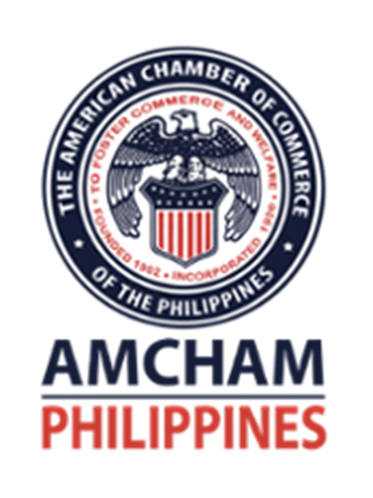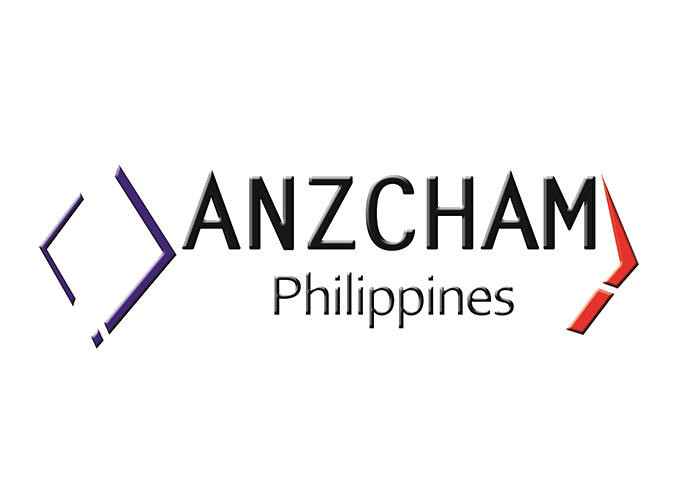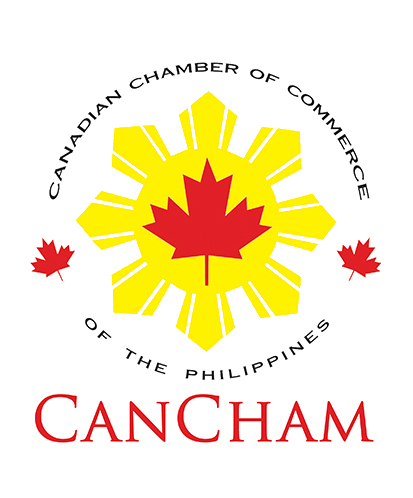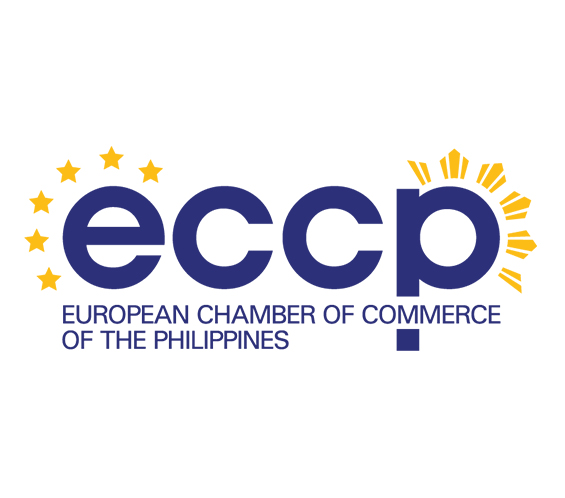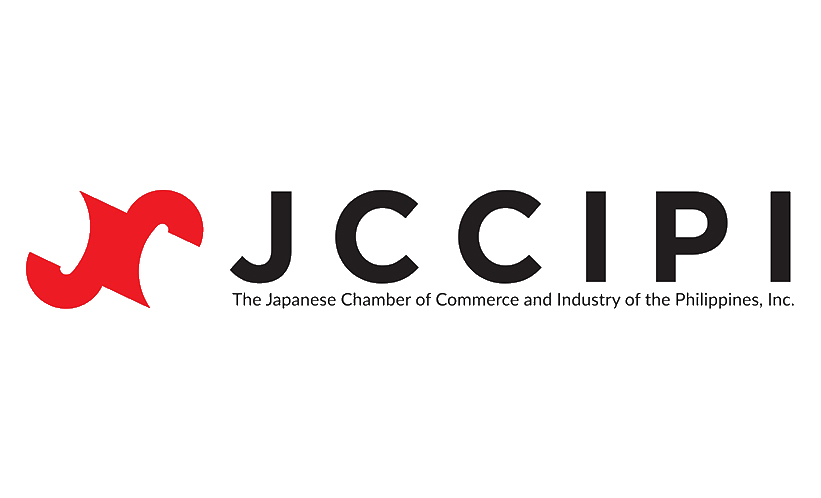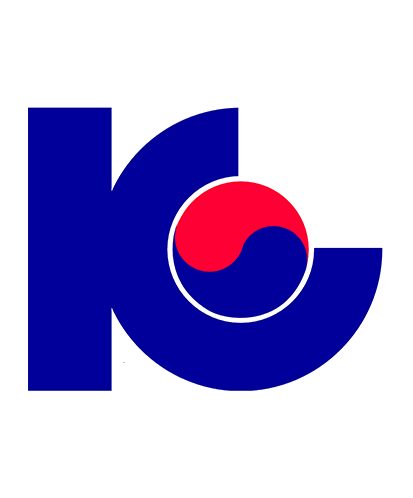Last SONA of President Benigno S. Aquino III
July 29, 2015 at 13:16
This State of the Nation Address (SONA) is very different from the first five he delivered in the past.
The earlier SONAs could be seen as strategic statements concerning the year’s most pressing issues. The sixth or the last SONA sums up the President’s achievements as he winds up his final year in office. There is a feeling of awe as well as finality about the moment.
In this last SONA, the President waxes full with statistics and lists of accomplishments. There is much to praise in these numbers. There are notable achievements in such areas as provision of public facilities and in the operations of each branch of government.
As someone who has travelled through many of the country’s main roads in many trips taken, I am much impressed by the new state of national roads. Most have been widened. I suspect they have also been finished and maintained at lower cost than in the past. Yet, we also have to juxtapose the unmitigated sufferings imposed on slow accomplishments in Metro Manila’s traffic gridlock.
This SONA, therefore, has the aura of a grand summation of accomplishments. It is also replete with profuse and intimate thank-yous the President generously returns to his co-workers. Yet, the accolades could have been rendered in an in-house party atmosphere. For aren’t all public servants supposed to help make their leader do his job well?
My expectations of President Aquino at the beginning of his accession into office were much more modest than my assessment of him now as he commences the last year of his term in office. It looks like he will leave office as a successful president, one who had a positive impact on his country.
We focus first on the success arising from economic management. The national economy comes out positive and at a high plane of performance. There are successes in some economic reforms undertaken. These are in the broad areas as well as more limited sectors.
Yet there are also areas of weak performance that are glossed over. In particular, I call attention to the matter of attracting foreign direct investment, especially in the context of Asean neighbors. This is an issue of paramount importance in view of the growing integration of the Asean economies.
In the course of the last five years, President Aquino has been holding out against advice from his Congressional and Senate leadership that want to liberalize the restrictive provisions of the Constitution .
Luckily, good economic performance has come into play as a result of past legacies. The most important among these factors are strong balance of payments contributed by high OFW remittances and new export earnings from the back-office processing industries.
These have strengthened the country’s macroeconomic performance and have helped attain an “investment grade” rating for the country’s sovereign position in the capital markets.
The anti-corruption program of the government under the “daang matuwid” theme has captured wide international recognition in raising the prestige of the Aquino administration, especially in view of low esteem in this regard under previous Philippine administrations.
Actions that led to the impeachment of the Supreme Court Chief Justice and the incarceration of former President Gloria Macapagal Arroyo on the charge of plunder, which is a non-bailable offense, apparently gave credence to the anti-corruption program. The world took notice on the significance of the catch.
The subsequent jailing of three well-known senators, two of whom harbor presidential aspirations, further improved the country’s international standing on this score. This explains why the country’s ranking in surveys concerning corruption has been moving notches upward in a more favorable light.
This development in the anti-corruption drive would not have been possible were it not for the presence of “lucky” factors that have become available within the body of laws of the country.
The enactment of the “plunder law” produced a very powerful weapon to fight corrupt officials. The crime of plunder allowed the imprisonment without bail of any one charged with plunder.
The enactment of the “whistleblower law” made it possible to blow the whistle on corrupt officials, while protecting and incentivizing the whistleblower.
Both these new provisions of law happened before Aquino came to the presidency. It is during his presidency that they are harnessed for their power in improving governance.
To end this essay, I have a tentative judgment. How do I rate the presidency of one whose last SONA has just been delivered? One year is yet to go. But I give it a rating. I give it a “Good Pass,” for performance in general.
My email is: [email protected]. Visit this site for more information, feedback and commentary:https://econ.upd.edu.ph/gpsicat/
Source: https://www.philstar.com/business/2015/07/29/1481977/last-sona-president-benigno-s.-aquino-iii





















